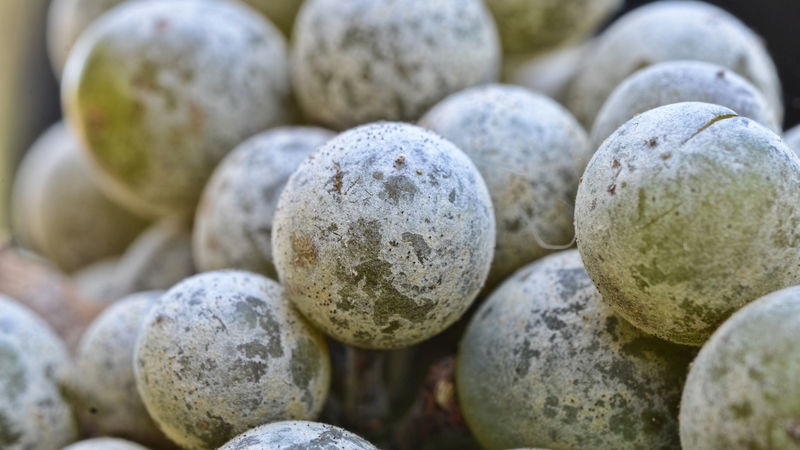A Cool, Wet Spring Means Increased Pest Pressure On The Farm
In the latest Extension bulletin, Dave Biddinger, Penn State University tree fruit research entomologist, and Greg Krawczyk, Penn State University Extension tree fruit entomologist, indicate the spring weather is favoring outbreaks from green fruitworm and rosy apple aphid.
Green fruitworm had been a sporadic problem for Pennsylvania growers for many years. But Biddinger and Krawczyk suggest traps for other pests may be attracting the moths seeing shelter.
“The cool, wet weather we have been having this spring also seems to favor outbreaks, possibly due to suppression of biological control,” they write.
The weather also seems to be causing an increased pressure from rosy apple aphid. Biddinger and Krawczyk suggest this is likely due to a suppression from predators and other biocontrols. Biologicals, they write, can eliminate aphids post-bloom, but their damage is already done.
“Unfortunately, that timing has passed for many growers due to the poor weather, and many growers will be trying to control this pest at pink or even king bloom this season,” they write.
In Michigan, Larry Gut, professor of entomology at Michigan State University suggests the warmer temperatures experienced recently could start the emergence of black stem borers.
“Black stem borer adults are attracted to stressed trees although they have been known to infest trees that do not appear to be stressed. Young trees near the perimeter of orchards, especially near woodlots, are at greatest risk of injury,” he writes. “Signs of infestation include 1-millimeter-diameter entrance holes, sawdust “toothpicks” protruding from the holes, dark discoloration on the bark, oozing sap, and dry, blistery bark.”
Gut suggests growers make a simple trap using a plastic 1- or 2-liter bottle with a cap, hang it upside down at 1.6 feet if a grower’s orchard is near a wooded area.
“Bait the trap with ethanol using one of the following methods: Pour a cup of vodka into the cap end of the trap, or purchase a ready-made ethanol lure to hang inside the trap and fill the bottom of the trap with soapy water or a small amount of antifreeze,” he writes.










